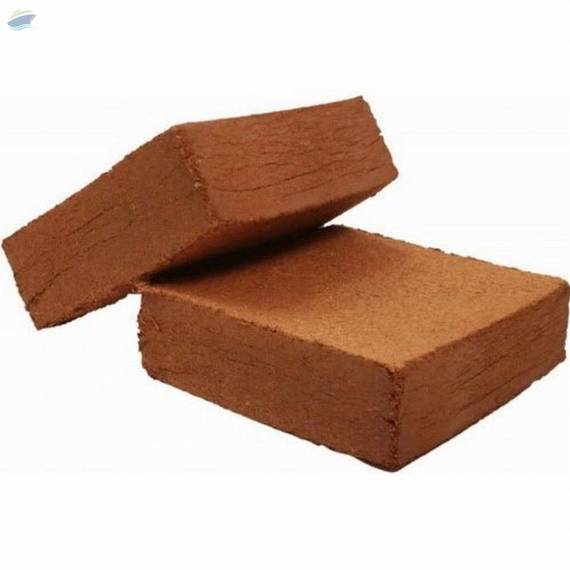Please sign in so that we can notify you about a reply
Cocopeat is an excellent growing media extracted from the remains of the shell of the coconut.
Why use Cocopeat?
The aerated structure of Coir Peat enables usage in farming and has numerous advantages as below
- Seed raising.
- Green house hydroponics growing.
- Salt sensitive plants and horticultural potting mixes.
- Soil conditioning.
- Bedding in animal farms .
- Absorbent for slippery floor
| Color | Grade | Ph |
| Brown | Standard | 5.8 to 6.8 |
How to treat/make Cocopeat
- Cocopeat must be treated by first soaking it in water to hydrate it, followed by the addition of a fertilizer such as calcium nitrate, which can replace the sodium salts. The displacement reaction method takes about 24 hours and aids in the removal of unwanted salts. Calcium nitrate is added in the ratio of 1 table spoon to 5 kgs cocopeat.
- The main purpose of using calcium nitrate is to reduce Potassium and Nitrogen and supplement it with calcium and Nitrogen
- After the 24 hours you rinse the coir 5 to 7 times then put it to drain the excess water until it remains moist enough to use in the seedling trays .
- Since coir has no nutrients in it one is supposed to have a nutrient application program to ensure steady growth of the crops.
When and Why to Flush cocopeat
- There is no need to flush the coco after the pH and EC(Amount of salts and nutrients in coir Substrate) have been stabilized when using an RTW (Run To Waste) system in your pots?
- Plants grown in coco have a slight tendency to become Ca or Mg deficient over time, and these can be added as your plants mature in a mono basis..
- To flush out accumulated waste, we recommend a 20% run off every time you water.
No reviews found

